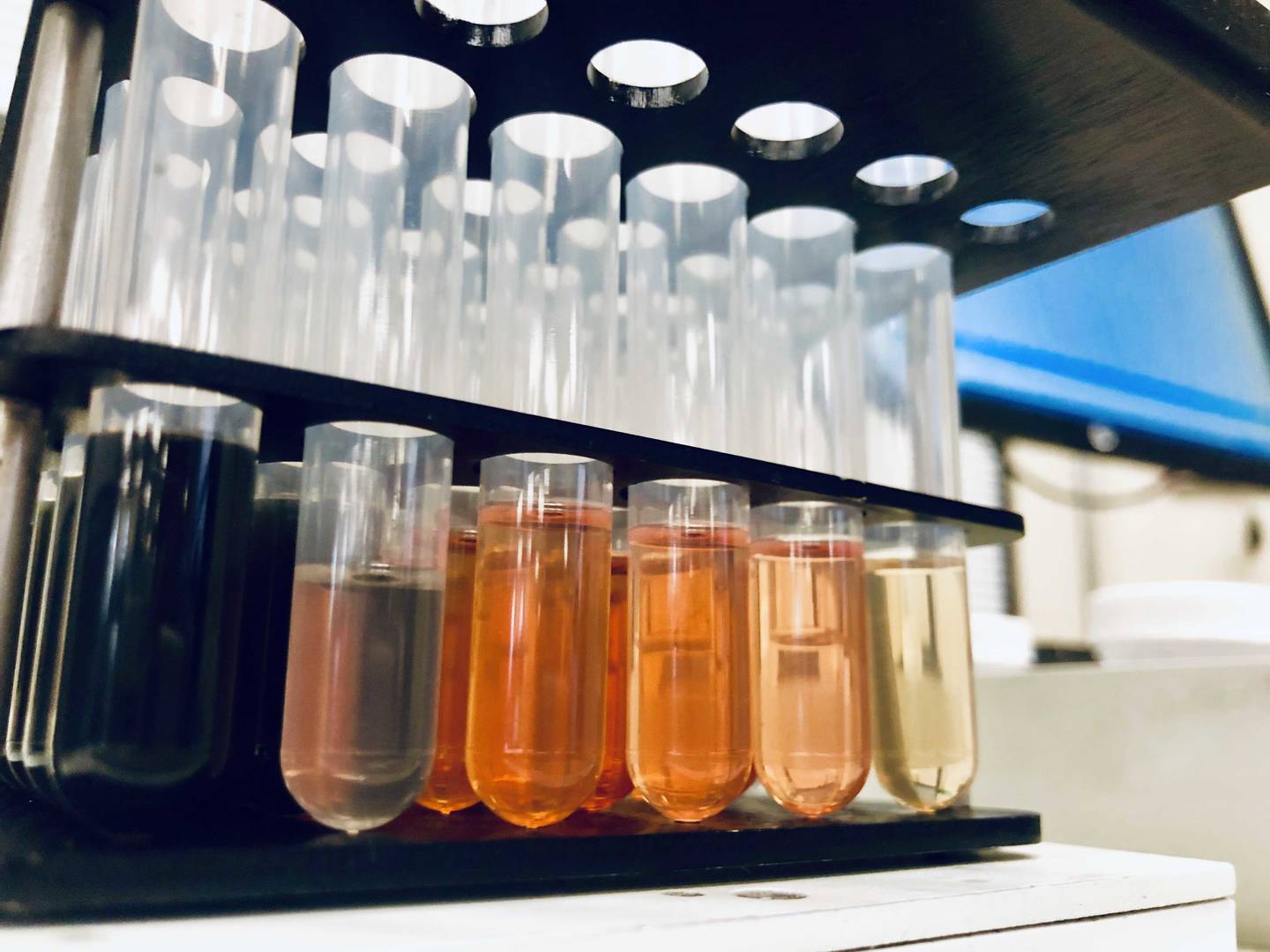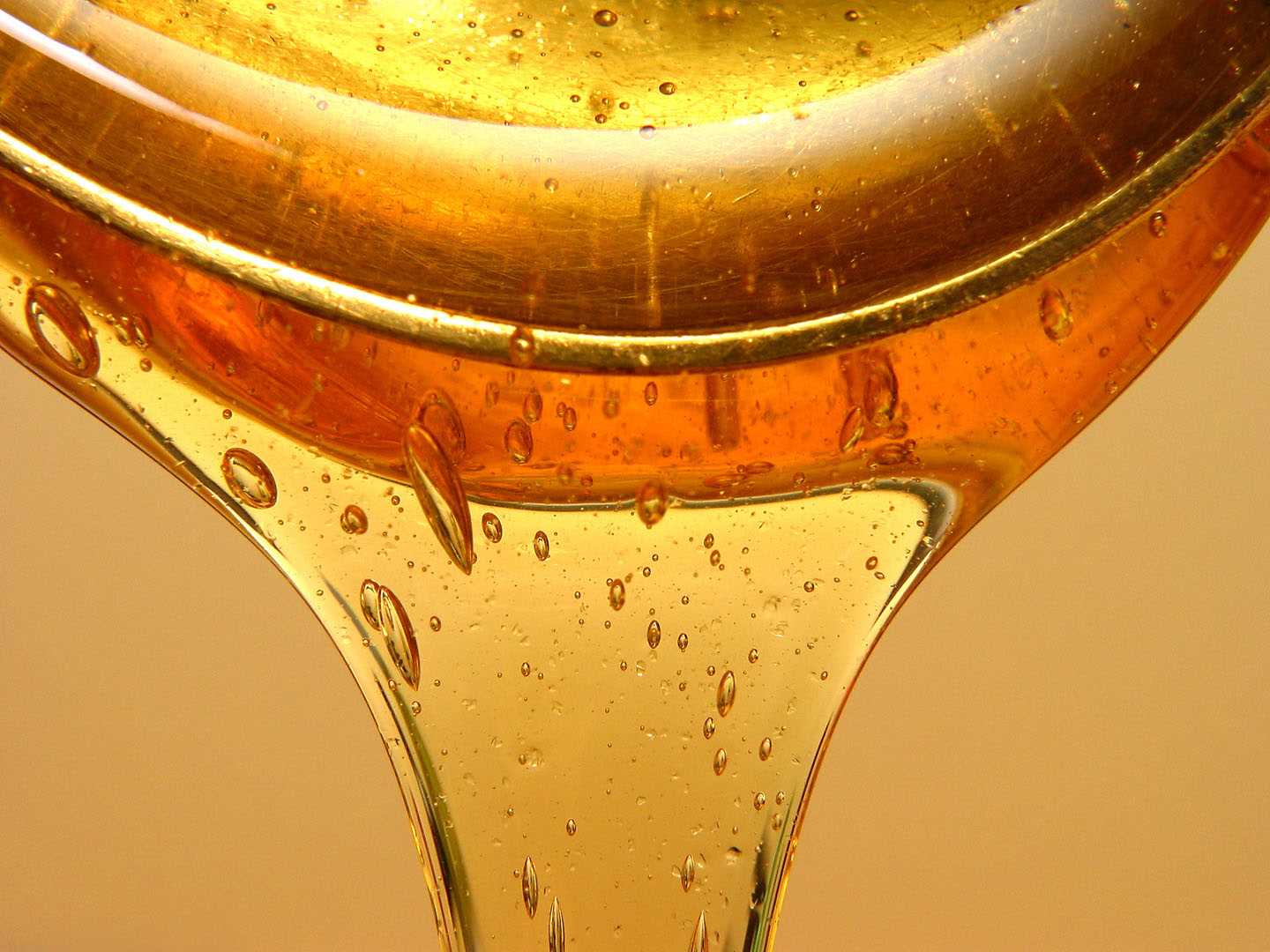EnviroMail 29 USA
Pending PFAS Regulations and Testing for Fluorotelomer Alcohols (FTOHs) in Water
Fluorotelomer alcohols (FTOHs) are one of the major classes of per- and poly-fluoroalkyl substances (PFAS), and include some of the most well-known precursors of perfluorocarboxylic acids (PFCAs) including perfluorooctanoic acid (PFOA) and perfluorohexanoic acid (PFHxA).

Fluorotelomer alcohol (FTOH) presence in surface water, groundwater and drinking water supplies represents a potential risk to human health and the environment. The ALS R&D team has recently validated a sensitive, robust, and selective analytical method to quantify FTOHs to ultra-trace levels using gas chromatography-triple quadrupole tandem mass spectrometry with positive ion chemical ionization (GC-MS/MS-PCI).
Uses of FTOHs
The widespread use of fluorotelomer-based commercial products has resulted in the extensive occurrence of FTOHs in the environment. Recent studies have focused on FTOH sources, fate, transport, and distribution in environmental media, along with human health risks and exposure.
FTOHs are used in the synthesis of various surfactants and as intermediates in the manufacture of a variety of products with a wide range of applications, including textiles, polymers, paints, adhesives, waxes and cleaning agents. FTOHs act as surfactants, lubricants, and intermediate products in manufacturing processes and can be emitted into the atmosphere during the production of fluoropolymers.
FTOHs are a constituent in aqueous film-forming foam (AFFF) formulations and are a byproduct in fluorotelomer-based AFFF. 8:2 FTOH concentrations in some AFFFs have been found to range from 8 to 26.5 mg/L5. The detection of FTOHs at AFFF-impacted sites is therefore likely to increase as analytical methods improve.
Fate and Transport
FTOHs have been found to be ubiquitous in water1,4. Numerous studies in the literature have also shown that FTOHs can transform into other persistent, bioaccumulative PFCAs in water through various biotransformation mechanisms. FTOHs may therefore be considered an indirect source of PFCAs in the environment.
Due to their high volatility, FTOHs can undergo long-range environmental transport. Landfill leachate8 and wastewater treatment works are potential sources of FTOHs.
Relevance and Pending Regulations
Being a major precursor of common PFCAs, FTOHs may cause similar adverse health effects to human health and the environment. Human exposure to FTOH mainly occurs through ingestion pathways such as diet and drinking water2. Because they are widely used, FTOHs have been found in various types of water sources including drinking water1,2, wastewaters4,6, industrial wastewater influents and effluents1,3,6, surface water2,7, and rainwater.
New European regulations are currently pending for 6:2 and 8:2 FTOH, which are proposed for inclusion within a regulated sum of 24 per- and poly-fluorinated alkyl substances (PFAS) of primary concern. Incorporation of these substances into the regulatory regimes of other regions may follow.
Laboratory Analysis Method
ALS USA offers testing of 6:2 and 8:2 FTOHs through our specialty PFAS laboratory in the UK. The test method uses GC-MS/MS with positive ion chemical ionisation (PCI) to provide optimal sensitivity, selectivity, and reliability, with detection limits of 5 parts per trillion (ng/L) per substance, as shown in Table 1. ALS Coventry has applied for ISO 17025 accreditation for this test through UKAS. Please refer to the ALS Coventry’s scope of accreditation for current status.
Table 1. FTOH Analyte Reporting
| Fluorotelomer Alcohol |
Abbreviation |
CAS Number |
Limit of Reporting |
| 6:2 Fluorotelomer Alcohol |
6:2 FTOH |
647-42-7 |
5 ng/L |
| 8:2 Fluorotelomer Alcohol |
8:2 FTOH |
678-39-7 |
5 ng/L |
Sampling Requirements
Samples for analysis of FTOH are collected in 40 mL VOC vials with Teflon septa containing 2 mL of methanol preservative. When collecting a sample, vials should be filled completely with zero-headspace, but not over-filled to cause methanol spillage.
Because of the short hold time for this test, sample collection and submission must be pre-arranged with your ALS USA Project Manager. This is necessary to permit expediting of samples to the UK for prompt analysis. Sample collection should generally occur on a Monday or possibly Tuesday to ensure receipt at one of our hub lab locations before Tuesday at noon.
Table 2. Sampling and Analysis Requirements
| Test Method Instrumentation | GC-MS/MS-PCI |
| ALS USA Method Code | TBA |
|
Sample Containers and Preservative |
2 x 40 mL clear VOC vial with 2 mL methanol preservative (fill with zero-headspace) |
| Holding Time | 5 days |
Stay ahead of the competition by partnering with ALS to start testing for FTOHs.
References
- Ayala-Cabrera J.F., Contreras L., Moyano E., Santos F.J. (2020). A novel methodology for the determination of neutral perfluoroalkyl and polyfluoroalkyl substances in water by gas chromatography-atmospheric pressure photoionisation-high resolution mass spectrometry. Anal. Chim. Acta DOI: 10.1016/j.aca.2019.12.004.
- Bach C., Boiteux V., Hemard J., Colin A., Rosin C., Munoz J.F., Dauchy X., Simultaneous determination of perfluoroalkyl iodides, perfluoroalkane sulfonamides, fluorotelomer alcohols, fluorotelomer iodides and fluorotelomer acrylates and methacrylates in water and sediments using solid-phase microextraction-gas chromatography/mass spectrometry, Journal of Chromatography A, 2016, 1448, 98-106.
- Dauchy X., Bioteux V., Back C., Colin A., Hemard J., Rosin C., Munox J., (2017). Mass flows and fate of per- and polyfluoroalkyl substances (PFASs) in the wastewater treatment plant of a fluorochemical manufacturing facility Sci. Total Environ. 576 549-558.
- Dimzon I.K., Wsterveld J., Gremmel C., Fromel T., Knepper T.P., de Voogt P. (2017). Sampling and simultaneous determination of volatile per- and polyfluoroalkyl substances in wastewater treatment plant air and water Anal Bioanal Chem 409, 1395-1404.
- Favreau P., Poncioni-Rothlisberger, C., Place, B. J., Bouchex- Bellomie, H., Weber, A., Tremp, J., Field, J. A., Kohler, M. (2017). Multianalyte Profiling of Per- and Polyfluoroalkyl Substances (PFASs) in Liquid Commercial Products. Chemosphere 2017, 171, 491−501.
- Ma H., Peng H., Chen H., Shang W., Zheng X., Yang M., Zhang Y., (2022). Long-term trends of fluorotelomer alcohols in a wastewater treatment plant impacted by textile manufacturing industry, Chemosphere, Volume 299.
- Portolés T., Rosales L.E., Sancho J.V., Santos J., Moyano E., (2015). Gas chromatography–tandem mass spectrometry with atmospheric pressure chemical ionization for fluorotelomer alcohols and perfluorinated sulfonamides determination, Journal of Chromatography A, Volume 1413, 2015, 107-116,
- Titaley I.A., Florentino B., Cruz D., Barlaz M., Field J.A. (2023). Neutral Per- and Polyfluoroalkyl Substances in In-situ Landfill Gas by Thermal Desorption-Gas Chromatography-Mass Spectrometry Environ. Sci. Technol. Lett. 2023, 10, 3, 214–22.
- Proposal for a DIRECTIVE OF THE EUROPEAN PARLIAMENT AND OF THE COUNCIL amending Directive 2000/60/EC establishing a framework for Community action in the field of water policy, Directive 2006/118/EC on the protection of groundwater against pollution and deterioration and Directive 2008/105/EC on environmental quality standards in the field of water policy, European Commission, Brussels, Oct 2022.














































